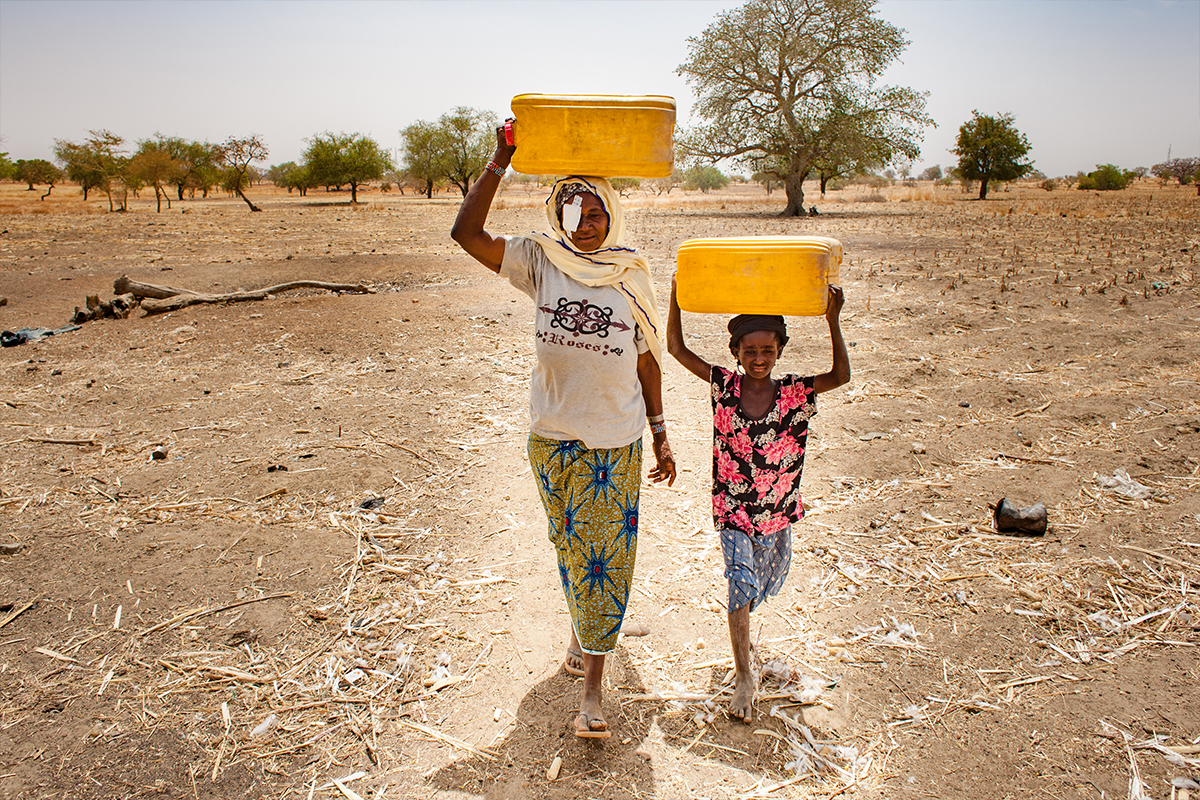Join a powerful, unprecedented alliance for better eye health for all.
Join IAPBAccess to clean water and sanitation is critical to preventing the spread of eye infections like trachoma, the world’s leading infectious cause of blindness.

Image by Ulrich Eigner for Light for the World Austria